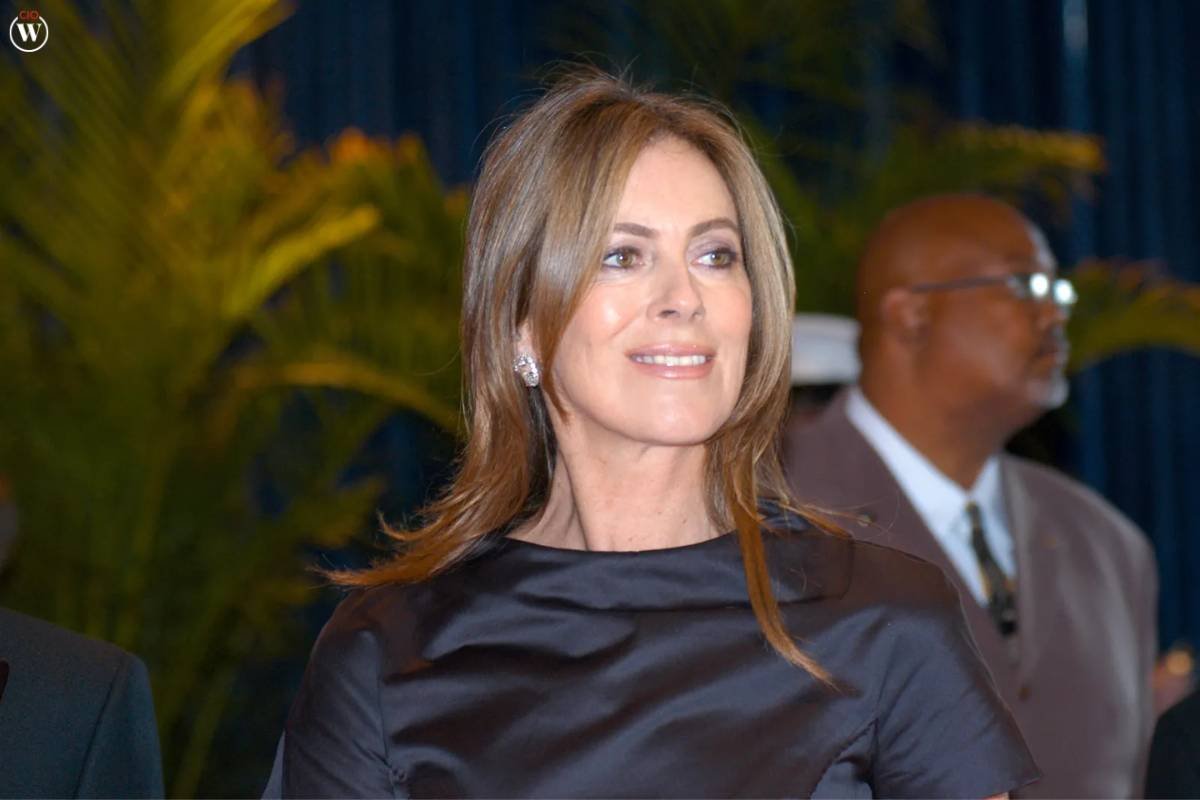Women have played a pivotal role in shaping the landscape of literature and film for centuries. Their artistic contributions have not only enriched these mediums but have also catalyzed significant social change. This article explores the profound impact of women in literature and film, shedding light on the remarkable stories, characters, and narratives that have emerged from their pens and cameras.
The Impact of Women in Literature
Women have been weaving words into compelling stories and thought-provoking narratives for centuries. The impact of women in literature is undeniable, with a legacy that spans across genres and eras. From the Brontë sisters to Jane Austen, Virginia Woolf to Toni Morrison, these authors have left an indelible mark on the literary world.

- Diverse Perspectives and Female Protagonists: One of the most significant contributions of women in literature is their ability to offer diverse perspectives and create complex, relatable female characters. These characters defy stereotypes, allowing readers to connect with their struggles and triumphs. Novels like Jane Eyre, Pride and Prejudice, and To Kill a Mockingbird have become classics in part due to their compelling female protagonists.
- Exploration of Women’s Issues: Women authors have fearlessly delved into topics that were once considered taboo. Works like “The Yellow Wallpaper” by Charlotte Perkins Gilman and “The Second Sex” by Simone de Beauvoir have critically examined issues such as mental health and women’s oppression, sparking important conversations and societal change.
- Feminist Literature: The feminist movement owes much of its intellectual foundation to women writers. Betty Friedan’s “The Feminine Mystique” and Gloria Steinem’s essays have been instrumental in advancing the cause of gender equality. These works ignited a wave of feminist literature that continues to inspire women and men to challenge traditional gender roles.
- Cultural Representation: Women authors have been instrumental in portraying the cultural and social landscapes of their times. Maya Angelou’s “I Know Why the Caged Bird Sings” and Chimamanda Ngozi Adichie’s “Half of a Yellow Sun” provide powerful insights into the experiences of African American and African women, respectively, shedding light on the intersectionality of race and gender.
- Historical Resonance: Women authors have also delved into historical fiction, providing readers with rich tapestries of the past from a female perspective. Hilary Mantel’s “Wolf Hall” series, for example, offers a unique view of Tudor England through the eyes of Thomas Cromwell, but also through the lens of women in the court, such as Anne Boleyn and Catherine of Aragon.
- Revolutionary Poetry: Poetry has been a vehicle for women to express their innermost thoughts and emotions. Emily Dickinson’s enigmatic verses, Sylvia Plath’s confessional poetry, and the works of contemporary poets like Rupi Kaur have explored themes of identity, love, and resilience, resonating with readers across generations.
- Intersectionality: Many women authors have embraced intersectionality, addressing not only gender but also race, class, and other aspects of identity. Audre Lorde’s essays and Bell Hooks’ writings, for instance, have been instrumental in advocating for an intersectional approach to feminism and social justice.

The contributions of women in literature go beyond storytelling; they have provided a platform for diverse voices, challenged societal norms, and reshaped our understanding of the human experience. These authors have enriched the literary canon, ensuring that women’s voices are heard and celebrated in the world of letters.
The Impact of Women in Film
In the realm of cinema, women have made significant strides both in front of and behind the camera. They have brought forth stories that resonate with audiences worldwide, while also breaking barriers and challenging industry norms.
- Strong Female Characters: In recent years, there has been a notable shift towards more complex and empowered female characters in film. Icons like Wonder Woman and Rey from Star Wars have shattered stereotypes and provided young girls with strong role models. These characters have not only impacted the film industry but have also sparked discussions about gender representation in popular culture.
- Women Directors and Filmmakers: Women filmmakers like Kathryn Bigelow, Ava DuVernay, and Greta Gerwig have blazed a trail in the male-dominated world of directing. Their unique perspectives have led to critically acclaimed films that tackle diverse themes, from racial injustice to coming-of-age stories.
- Representation and Inclusivity: Women have championed the importance of diversity and inclusivity in film. The #MeToo movement, which gained momentum in 2017, shed light on issues of sexual harassment and inequality within the industry. This movement, spearheaded by courageous women, has prompted a reevaluation of the treatment of women in Hollywood and inspired changes in workplace culture and policies.
- Documentary Filmmaking: Women have made significant contributions to the world of documentary filmmaking as well. Documentaries such as “RBG,” exploring the life of Justice Ruth Bader Ginsburg, and “13th,” which delves into racial inequality and the prison-industrial complex, have garnered critical acclaim and sparked important conversations on social justice.
- International Influence: Women directors and actors from around the world have also left a lasting impact on global cinema. Filmmakers like Agnès Varda from France and Niki Caro from New Zealand have created powerful works that have transcended borders and languages, demonstrating the universal appeal of their storytelling.

The Intersection of Literature and Film
The artistry of women in literature and film often intersects, with literary works serving as the source material for powerful cinematic adaptations. This synergy has given rise to some of the most celebrated and impactful films of all time.
- Adaptations that Resonate: Works like “Gone with the Wind,” based on Margaret Mitchell’s novel, and “The Color Purple,” adapted from Alice Walker’s Pulitzer Prize-winning book, have translated powerful narratives from page to screen, reaching wider audiences and sparking important discussions on race, gender, and social justice.
- Women Screenwriters: Women have also made significant contributions as screenwriters, adapting their own works or bringing other authors’ stories to life. Nora Ephron’s “When Harry Met Sally” and Emma Thompson’s “Sense and Sensibility” are prime examples of how female screenwriters have left their imprint on the world of cinema.
- Transcending Genre: Women authors have often explored genres that challenge conventional storytelling in film. Science fiction, fantasy, and speculative fiction have seen groundbreaking works from authors like Ursula K. Le Guin and Octavia E. Butler, whose novels have been adapted into thought-provoking films that push the boundaries of imagination and social commentary.
Conclusion
The impact of women in literature and film is immeasurable. Their artistic expressions have not only enriched our cultural tapestry but have also been catalysts for social change. Through diverse perspectives, fearless exploration of women’s issues, and the creation of strong female characters, women authors have transformed the literary landscape. In the world of cinema, women have broken barriers, championed diversity, and challenged industry norms, shaping a new era of filmmaking.
As we celebrate the artistry and impact of women in literature and film, we recognize the enduring power of storytelling to inspire, provoke, and drive progress. Their contributions continue to shape our understanding of the world and our place within it, proving that the pen and the camera are indeed mighty tools for change.










